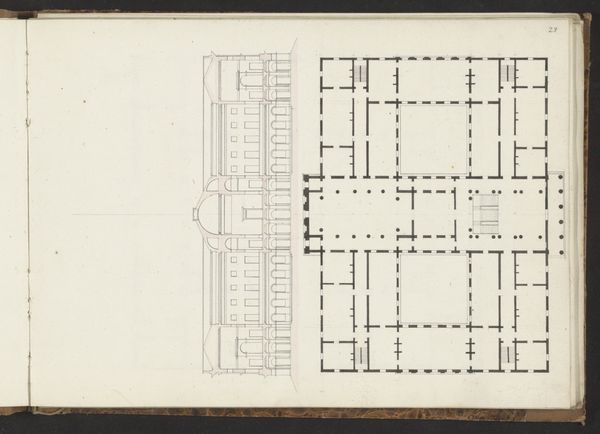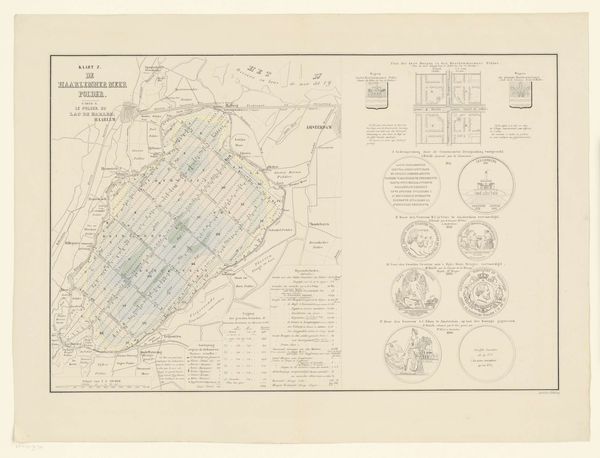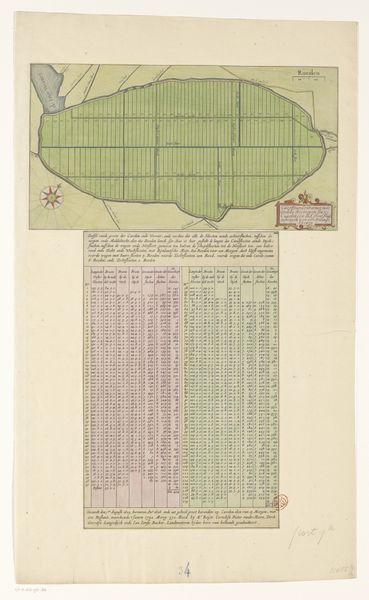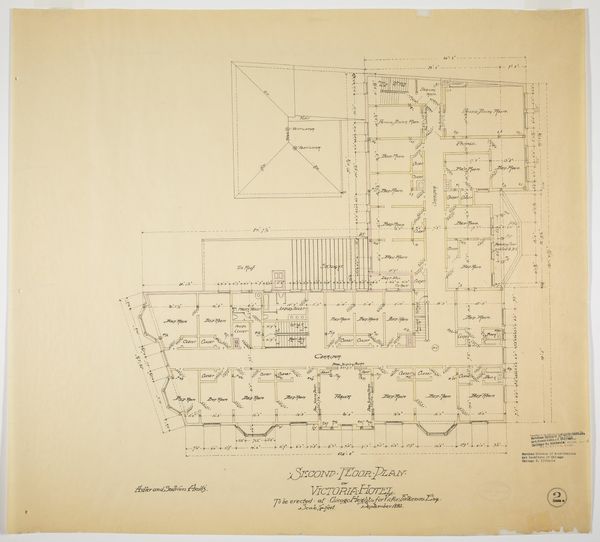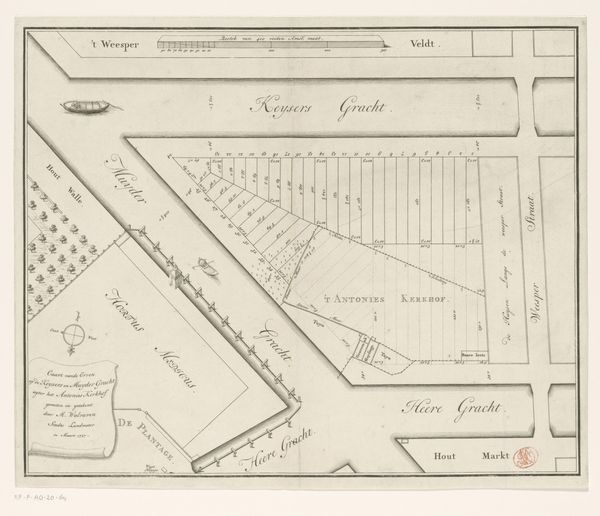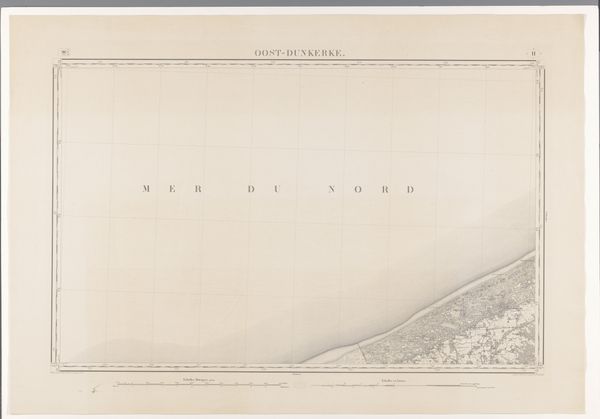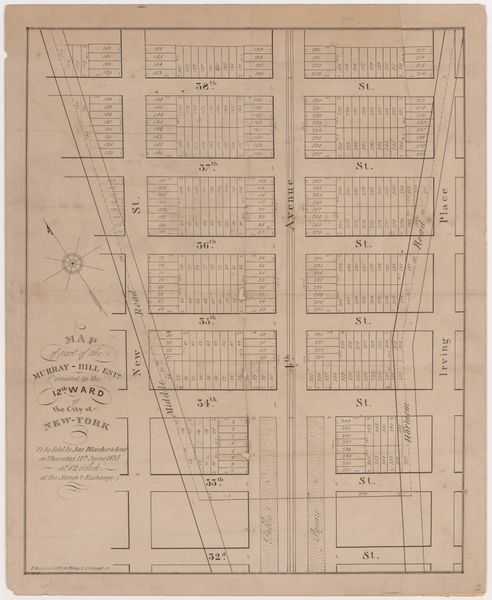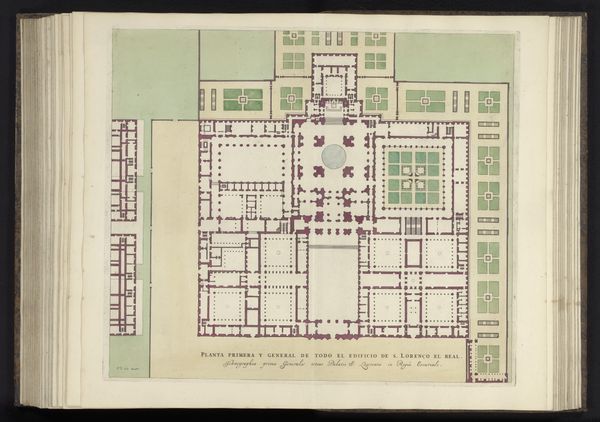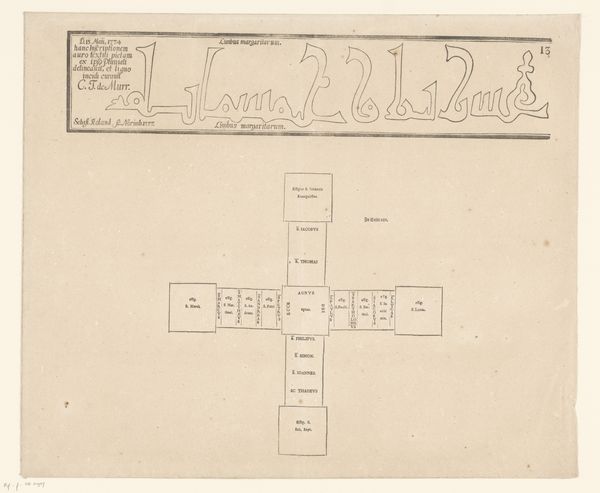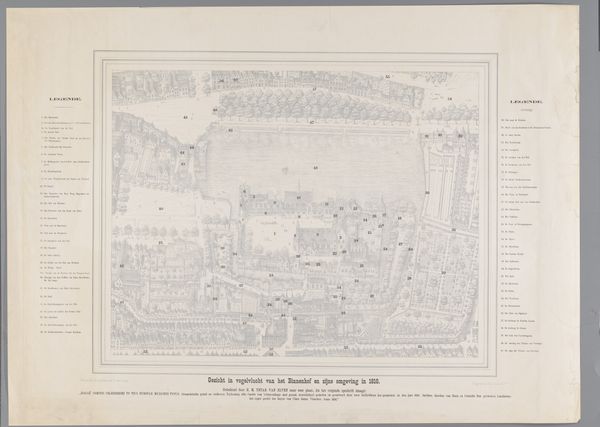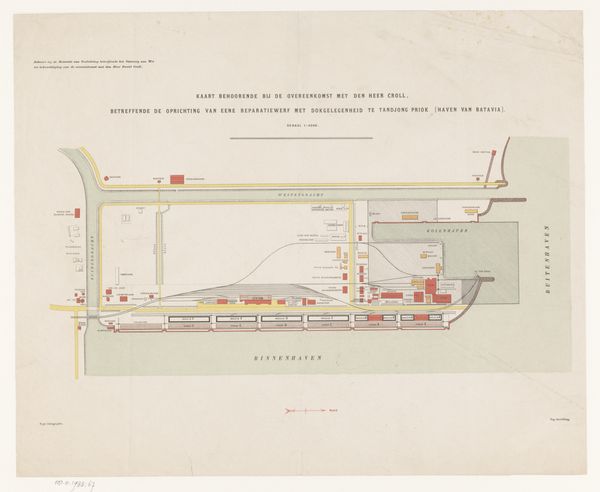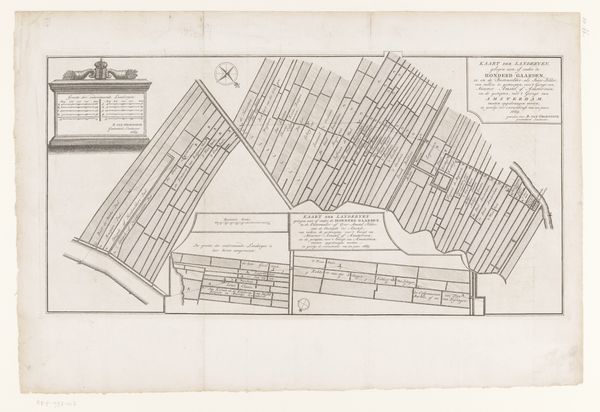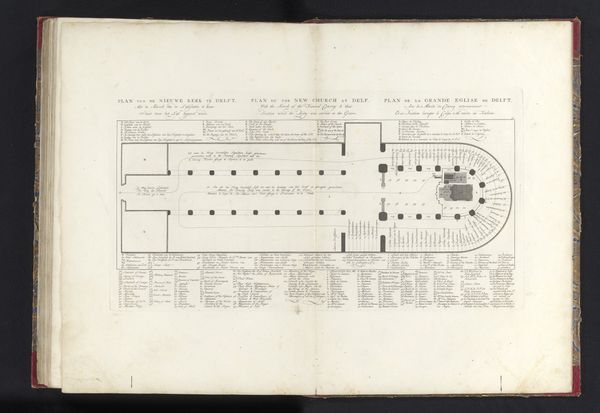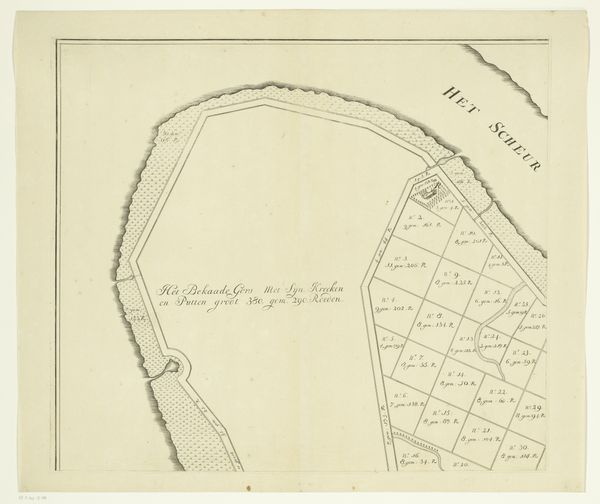
De Nederlandsche post / Een geheel nieuw spel met postzegels 1883 - 1885
0:00
0:00
graphic-art, print, poster
#
graphic-art
#
dutch-golden-age
# print
#
poster
Dimensions: height 525 mm, width 700 mm
Copyright: Rijks Museum: Open Domain
Curator: Here in the Rijksmuseum, we have an unusual piece, a poster from between 1883 and 1885 titled "De Nederlandsche post / Een geheel nieuw spel met postzegels" by Johannes Ykema. Editor: Wow, that is... intense! It's like a bizarre, bureaucratic board game designed by a hyper-organized postal worker. My eyes dart all over. Is this supposed to be fun or some form of Dadaist torture? Curator: It certainly seems unconventional to modern eyes. The imagery, with its numbered squares and terse instructions, aims to connect the everyday realities of postal service with a sense of play. Each square, marked with letters and occasional destinations, probably had specific postal-themed actions associated with it. Editor: So, the players navigate the perils and promises of the Dutch postal system! "Advance to square 62: Zending dienst!" Or maybe, "Oops! You landed on square 44: Lost Package, go back 3 spaces!" You see, that kind of relates to how our culture deals with loss today. Curator: Precisely! Think of it as a Victorian-era infographic, trying to make a complex public service engaging. Notice how some squares contain designations, such as ‘postpakket’ for a parcel or package. Editor: It's that tension, right? The attempt to gamify this bureaucratic grid juxtaposed with the stark, almost intimidating, uniformity of the design... And the text at the bottom gives an extra dose of eerie seriousness. This tension creates a strangely mesmerizing image. Curator: Yes! Ykema manages to reflect the cultural fascination with systems and processes of the late 19th century. Mass communication via postal services shaped people's lives. Editor: I suppose there's something profoundly Dutch about turning even the postal service into a precise and, perhaps, slightly stressful game! So, do we know if people actually played it? Or did they just stare at it in bewildered awe? Curator: Its reception remains somewhat of a mystery, though one can imagine it sparking conversations about efficiency, connection, and maybe the occasional lost letter around many a parlor table. Editor: It has got me thinking about other modern versions of art in game form, something this intricate but a lot more colourful and intuitive. Curator: And with this graphic print now displayed, hopefully, more museum visitors will find ways to approach its aesthetic and symbolism and maybe be compelled to think more deeply about its relationship to modern communications, social ties, or family bonds.
Comments
No comments
Be the first to comment and join the conversation on the ultimate creative platform.
